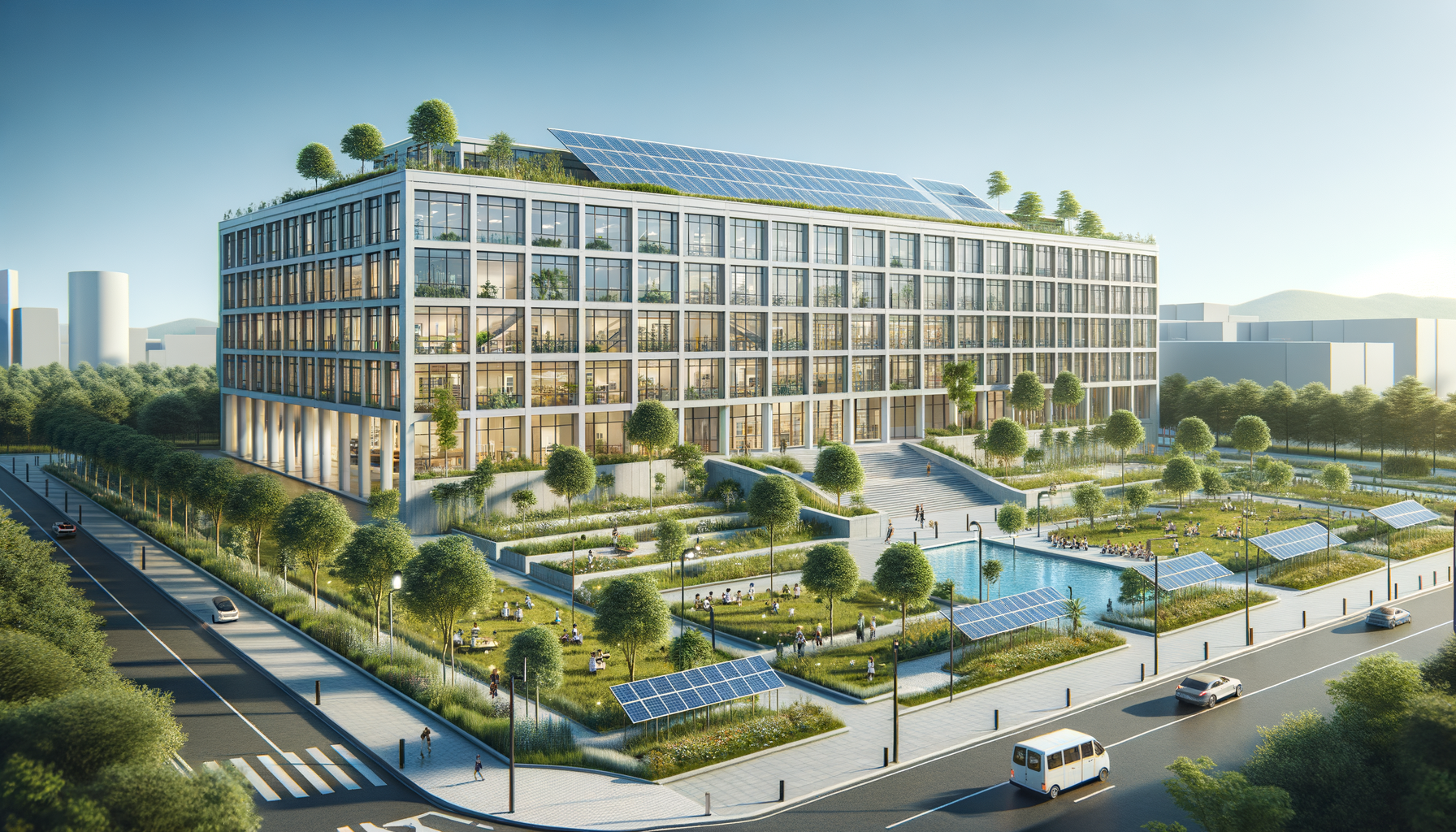Transforming Education: The Endless Benefits of Passive House Design in School Construction

Embracing Passive House Design in Educational Institutions
As the demand for sustainable architecture grows, passive house design has emerged as a leading choice for schools aiming to reduce their environmental footprint while enhancing the learning environment. This innovative approach focuses on energy efficiency, ensuring buildings are comfortable and cost-effective.
What is Passive House Design?
Passive house design is a rigorous standard for energy efficiency in buildings, minimizing the need for active heating and cooling systems. By optimizing insulation, airtightness, and utilizing high-performance windows, these buildings maintain consistent indoor temperatures year-round.
Benefits for Schools
- Energy Efficiency: Significant reduction in energy usage leads to lower utility bills and decreased reliance on non-renewable energy sources.
- Enhanced Indoor Air Quality: Improved ventilation systems ensure fresh air circulation, promoting better health and concentration among students and staff.
- Cost Savings: Lower operational costs allow schools to allocate more funds towards educational resources and programs.
- Environmental Impact: Reducing carbon footprints contributes to global sustainability efforts and educates the community on the importance of eco-friendly practices.
“Schools built with passive house principles can reduce their energy consumption by up to 90%, making a substantial impact on both the environment and operational costs.”
Implementing Passive House Design: Steps for Success
- Comprehensive Planning: Collaborate with architects and engineers specialized in passive design to ensure all aspects are meticulously planned.
- High-Quality Insulation: Invest in superior insulation materials to minimize heat loss during winter and heat gain during summer.
- Airtight Construction: Ensure all building components are sealed properly to prevent unwanted air infiltration.
- Energy-Efficient Windows: Install triple-glazed windows that offer superior thermal performance.
- Renewable Energy Integration: Incorporate solar panels or other renewable energy sources to further reduce dependency on external power.
Real-World Examples
Across the globe, numerous schools have successfully adopted passive house standards. These institutions serve as models, demonstrating the practicality and benefits of sustainable design in educational settings.
Future Outlook
The adoption of passive house design in schools is set to rise as awareness of sustainability grows. With ongoing advancements in building technologies, the barriers to implementing these designs are continually decreasing, making it an accessible option for educational institutions worldwide.
